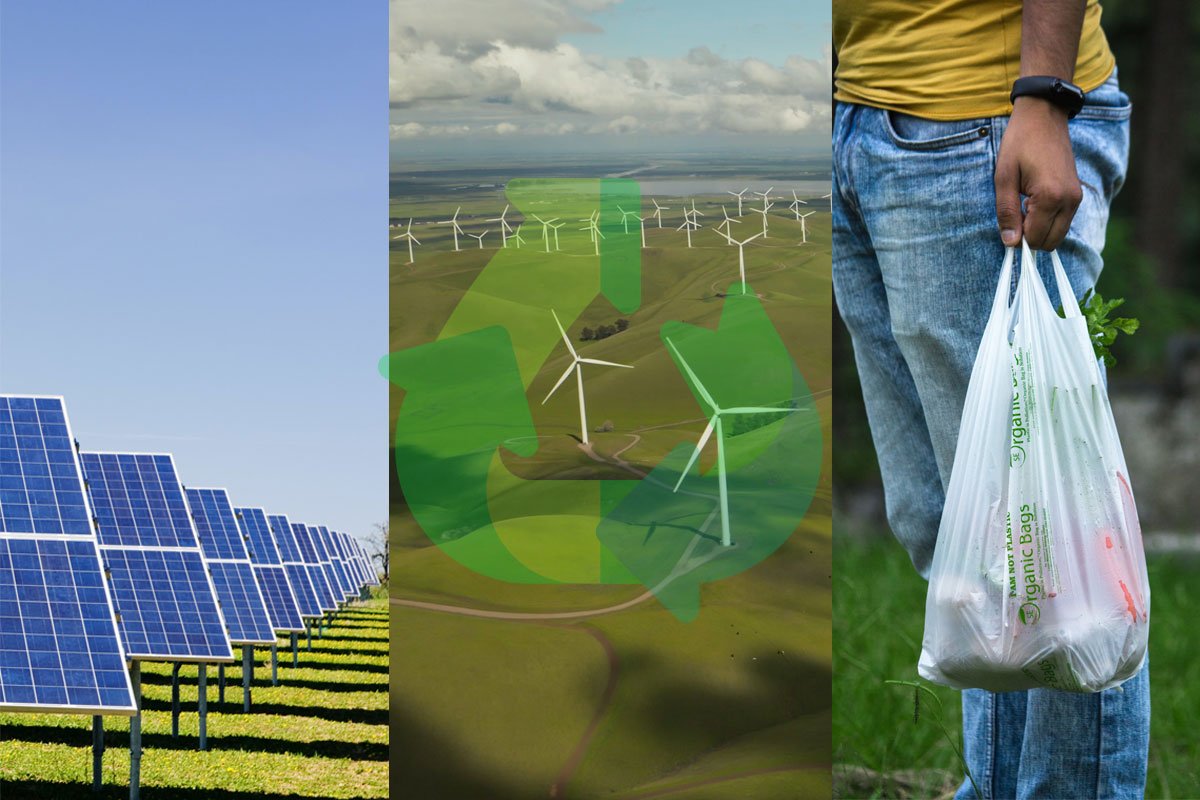The 21st century has seen a significant shift towards Innovations in sustainable technology solutions. As the world grapples with the effects of climate change, the need for renewable energy, eco-friendly materials, and green technologies has never been more urgent. This article explores some of the most innovative solutions in these areas, highlighting the progress made and the potential for a sustainable future.
Renewable Energy Innovations
Renewable energy is at the forefront of innovations in sustainable technology solutions. The sector has seen a surge in innovative technologies that aim to harness the power of nature more efficiently and effectively.
- Transparent Solar Panels: Companies like Ubiquitous Energy are revolutionizing the solar industry with the development of transparent solar panels. These panels, which can be applied like a film over windows or other surfaces, offer a new way to harvest solar energy without compromising aesthetics or functionality. The current efficiency is 1% with an estimated potential of 5%, compared to normal solar panels which have an efficiency of 15-20%. So it is a new technology but has potential
- Floatovoltaics: Another exciting advancement in solar technology is the emergence of floatovoltaics. These are solar panels that float on water, providing a solution for energy collection in areas where land space is limited. They also offer the added benefit of being cheaper to install and maintain. A 600 MW Floating solar plant is in progress in Khandwa, Madhya Pradesh, India. It is the largest floatovoltaics in the world.
- Solar-Powered Electric Vehicles (EVs): The integration of solar panels into electric vehicles is another innovative development. While these vehicles still need to be plugged in for long-range trips, they can potentially cover short trips using solar power alone. This not only reduces the reliance on the grid but also contributes to a reduction in carbon emissions.
- Wind Power: Wind power continues to grow with increased storage capabilities developed specifically for on and offshore wind farms. The integration of AI and machine learning in wind power generation has led to more efficient turbines, capable of adjusting to wind speed and direction in real-time. Also, Wind turbines are 20-40 % efficient at converting wind to energy. India has 4th largest installed Wind power with a total output of 40.893 GW.
Eco-Friendly Materials
The quest for sustainability has also led to the development of eco-friendly materials that reduce environmental impact without compromising on quality or functionality.
- Bioplastics: Bioplastics are a sustainable alternative to traditional plastics, which are derived from petroleum and are notorious for their environmental impact. Bioplastics are made from renewable resources like corn starch and sugarcane, and they are designed to biodegrade, reducing their impact on the environment. By 2025 the use of regular plastic to reduce by 15-20%. But sadly it is currently only 1% of all the plastic we use.
- Recycled Building Materials: The construction industry is also embracing sustainability with the use of recycled building materials. These materials, which include recycled concrete, steel, and wood, help to reduce the environmental impact of construction projects.
- Eco-Friendly Fabrics: The fashion industry, a significant polluter, is turning to eco-friendly fabrics. Materials like organic cotton, hemp, and bamboo are increasingly used to produce clothing that is both stylish and sustainable.
Green Technologies
Green technologies aim to mitigate the environmental impact of human activities. They encompass a wide range of applications, from energy generation to waste management.
- Carbon Capture and Storage (CCS): CCS technology captures carbon dioxide emissions from sources like power plants and stores it underground. This technology could play a crucial role in reducing global CO2 emissions. Currently, 45 Mt CO2 is captured globally, but we need to increase it and we should also recycle this carbon into new products.
- Energy-Efficient Appliances: Energy-efficient appliances are designed to use less electricity, reducing their carbon footprint. These appliances, which include everything from refrigerators to washing machines, are becoming increasingly popular as consumers become more environmentally conscious. You can save about 20 to 50 % per month using these appliances.
- Smart Grids: Smart grids use digital technology to monitor and manage the electricity supply, improving efficiency and reducing waste. They can also integrate renewable energy sources, making it easier to transition to a sustainable energy future. The current market size is $50.98 billion as of 2022.
- Green Hydrogen: Green hydrogen, produced by splitting water molecules using renewable energy, is emerging as a promising sustainable energy source. It produces no carbon emissions when used, making it a potential solution for sectors like transportation and industry that are difficult to decarbonize. Companies like Lavo are developing Green Hydrogen-Lithium Hybrid systems that aim to improve hydrogen storage, transport, and distribution. Green Hydrogen accounts for less than 0.04% of total hydrogen production, which is very low.
Conclusion
The innovations in sustainable technology solutions are a testament to human ingenuity and the commitment to a sustainable future. While challenges remain, the progress made in renewable energy, eco-friendly materials, and green technologies offers hope for a future where sustainability is not just an aspiration, but a reality. As these technologies continue to evolve and become more accessible, they will play a crucial role in mitigating the effects of climate change and ensuring a sustainable future for all.
If you liked this article, we can explore each technology in detail, please let us know in the comments.



